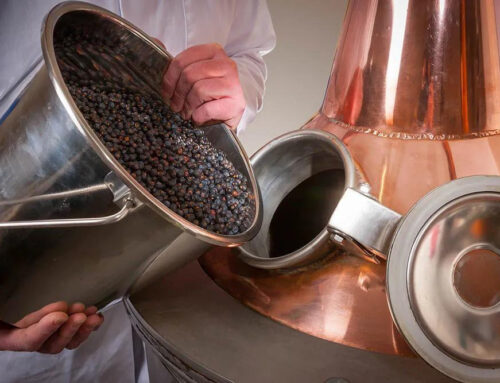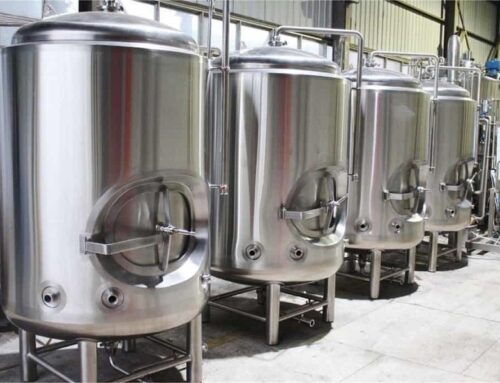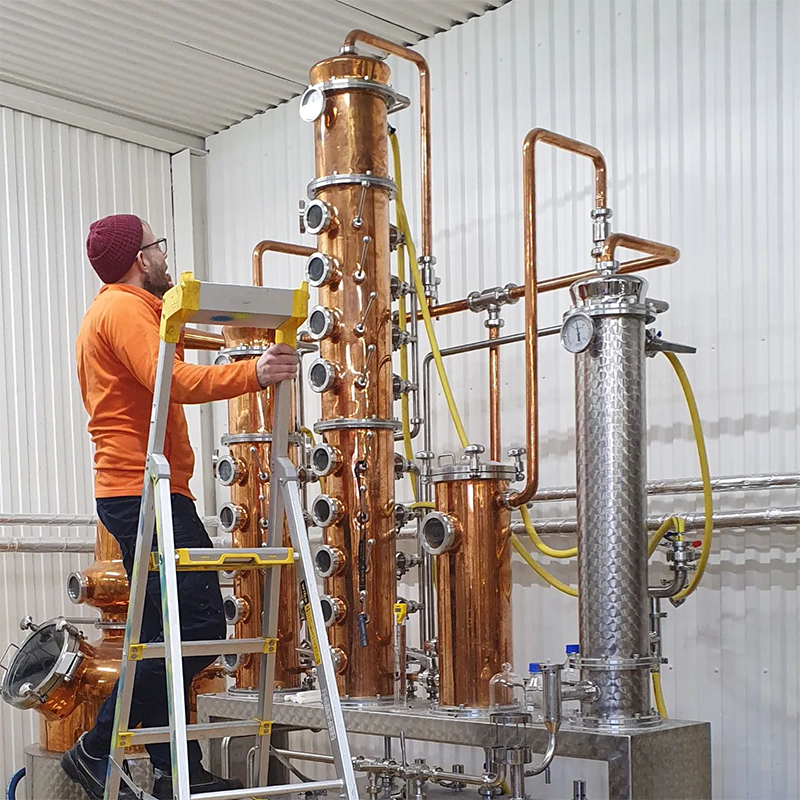
What is the difference between copper and stainless steel stills?
We offer both stainless steel and copper stills, each with unique advantages and disadvantages. These factors are important when choosing between stainless steel and copper for your distillery.

Stainless steel stills
Stainless steel is a cost-effective alternative to copper and offers desirable properties such as tarnish resistance, high strength, and ease of cleaning. However, it is important to note that stainless steel transfers less heat than copper, and stainless steel stills can be more difficult to control and adjust during distillation. Unlike copper, changes in heat input or cooling water may take longer to show up in stainless steel.
Copper stills
Copper’s properties allow for better control and stability and improve the final distillation of alcohol in terms of flavor. In addition, copper has natural antibacterial properties, which is why it is often used for water pipes, and it absorbs the sulfur produced during fermentation, making it an ideal material for distillation equipment. Copper has been a popular choice for stills since ancient times due to its unique properties and natural advantages in the distillation process. Therefore, copper is often recommended. Stainless steel is a more durable and cost-effective alternative. However, it may not offer the same benefits as copper when it comes to distilling alcohol.








